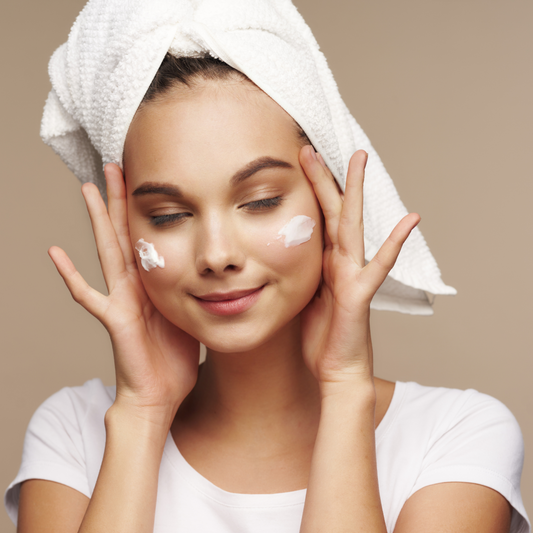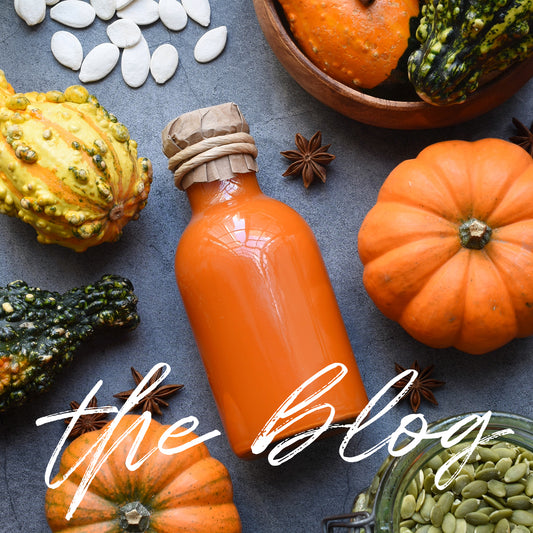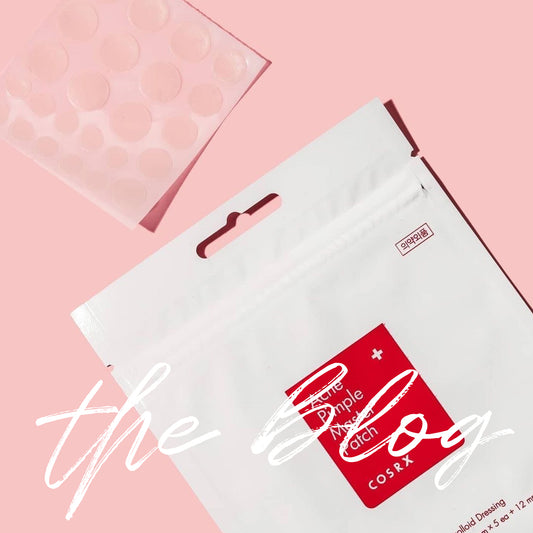Maybe your skincare journey is just beginning, or maybe you're ready to step up to a more intensive routine. In any case, you certainly have questions. For people with little to no skin care knowledge—and even skin care obsessives—the Korean 10-step skin care routine can seem intimidating. Not only does it seem like it's going to take up a lot of time, but it can be a real challenge to find the perfect combination of products for your specific skin type. That is why it is not surprising that you have a lot of questions about this topic. So I have prepared answers to the most frequently asked questions.
✲ Do I always have to do all ten steps?
Not all routine products are used both morning and night or even every day. For example, you should only exfoliate your skin 1-3 times a week and it is not necessary to use a sheet mask every day (once a week is enough, although you can do it as often as you like). In addition, you should not use sunscreen at night.
Think of the 10-step routine as a guide that can be adapted to your needs.
✲ Do I really need to cleanse my skin twice?
It may seem like overkill to use an oil-based cleanser and a water-based one right after the other, especially if you don't wear a lot of makeup, but the two do different things.
Oil cleansers can break down and remove oil-based debris like makeup, sunscreen, pollutants, and even excess oil from your skin. Water-based cleaners can't do this because water and oil don't mix. What they can do instead is take care of water-based impurities like sweat and dirt, which are essential to keeping your skin clean.
Now you might be asking yourself, "But do I have to cleanse my skin twice in the morning too?" Yes! When you sleep, your skin produces both oil and sweat, making double cleansing necessary.
✲ How long do I have to wait between steps?
You can apply most of the steps one after the other. It's usually best to apply products to damp skin, which acts like a sponge and thus aids absorption. There are, of course, some exceptions. The main exception is sun protection. SPF is best applied to dry skin. After it is completely absorbed, you can move on to make-up, to avoid diluting the formula.
Some people prefer to wait up to 30 minutes after applying treatment products, such as acids or acne treatments, to give the products time to work and to avoid mixing strong ingredients that can irritate the skin. However this totally depends on the products you use and how your skin reacts.
✲ When should I use the retinol product in the 10-step routine?
Products containing retinol should be applied at night, during the treatment / serum step of your routine, i.e. after the essence and before the moisturizer. Since using retinol and acids like AHAs can be too irritating to the skin, it's best to use them alternately. On the nights you use an exfoliating product (only 1-3 times a week), exclude retinol and vice versa. Vitamin C is another ingredient that does not react well combined with other ingredients that are harsh on the skin. It would be recommended, for example, to use a serum with Vitamin C in the morning and a product with retinol or AHA at night.
To minimize the possibility of irritation, you can use an aggressive serum such as those containing retinol in combination with a skin-soothing serum such as those containing hyaluronic acid.
✲ Will using a large number of products one after the other clog my pores?
Slathering 10 products on your face may seem like an ideal pore-clogging recipe, but it's not like applying 10 layers of occlusive moisturizers to your skin. Each product has a unique role to play in maintaining healthy skin, and many of the steps, including cleansing, toning, and exfoliation, directly target clogged pores and breakouts.
✲ The conclusion
Consider the tips and information above as a starting point. There is no one-size-fits-all routine. Gradual introduction of new products, testing different products sometimes with and sometimes without favorable results, paying attention to how your skin reacts, as well as consulting a dermatologist are all part of the steps you will go through until you find one that works for you. perfect routine to take care of your skin.




